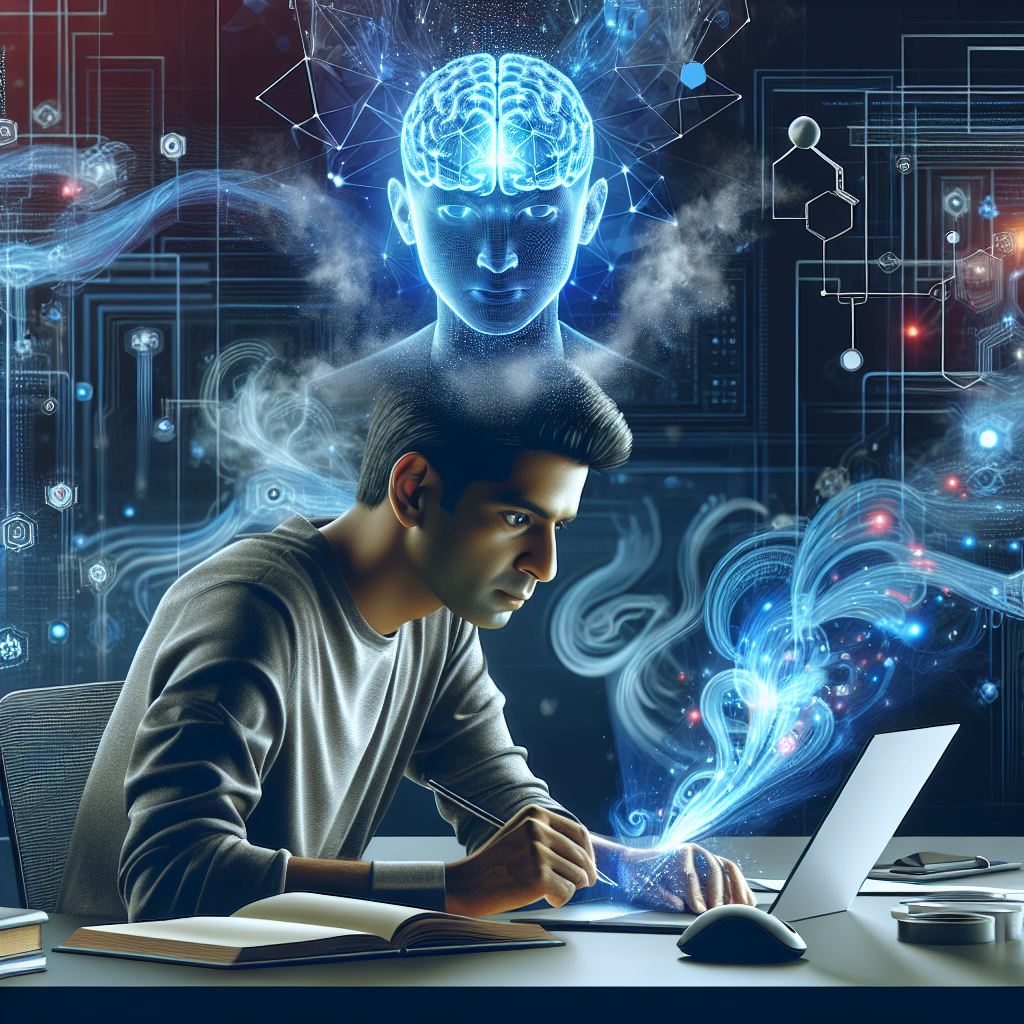The recent surge in artificial intelligence applications has led to a particularly intriguing technology explicitly designed to function as a “second brain” for users, enhancing personal and professional productivity. This development, reported by Startup News in their article “A Second Brain with AI”, examines a groundbreaking tool poised to revolutionize how we manage information overload in our daily lives.
The concept of a digital or second brain isn’t entirely new. Personal information management systems have been in play for decades, albeit less sophisticated. However, leveraging AI technology, these systems are now evolving beyond simple databases or note-taking applications into highly intuitive platforms that can categorize, prioritize, and even suggest actions based on the imputed data or ongoing tasks.
The technology in focus operates by syncing with all the user’s digital footprints—emails, calendars, social media, and more—to collect and process information. Using complex algorithms, this AI predicts and prioritizes tasks requiring attention based on urgency and relevance. Interestingly, these AI systems incorporate learned behavior from individual user actions, adapting to their preferences and working habits over time, effectively becoming a tailored cognitive extension.
The implications for workforce productivity and personal time management are profound. In an age where the deluge of data can paralyze rather than empower, a system that offers to sift through, organize, and suggest actionable items could significantly mitigate overwhelming digital interactions. Furthermore, for professionals juggling multiple projects or large teams, the capability of these AI systems to keep constant tabs on project evolution and remind of crucial deadlines can enhance operational efficiencies considerably.
Privacy concerns, however, remain a significant hurdle. The depth of data access that these systems require to function optimally raises valid concerns about data security and personal privacy. It also poses questions about information ownership, particularly when the system accesses proprietary or sensitive content that may not be strictly personal but rather linked to organizational data.
Additional considerations include the potential for over-reliance on AI systems, where the technology may discourage critical thinking and personal decision-making, vital components in personal development and leadership. The ongoing discourse around AI and employment also shadows these developments, with worries that as systems become more sophisticated, they could supplant roles traditionally filled by human employees.
As these “second brain” technologies mature and proliferate, their adoption will likely face as much resistance as acceptance unless there are transparent practices regarding data usage, substantial proof of security measures, and clear delineation of their role as supportive tools rather than replacements for human intelligence and decision-making capacity.
In conclusion, while the promise of AI as a personalized second brain tantalizes with the potential for heightened productivity and streamlined task management, it is imperative that developers and users approach this revolution with a balanced perspective on its potential and pitfalls.



